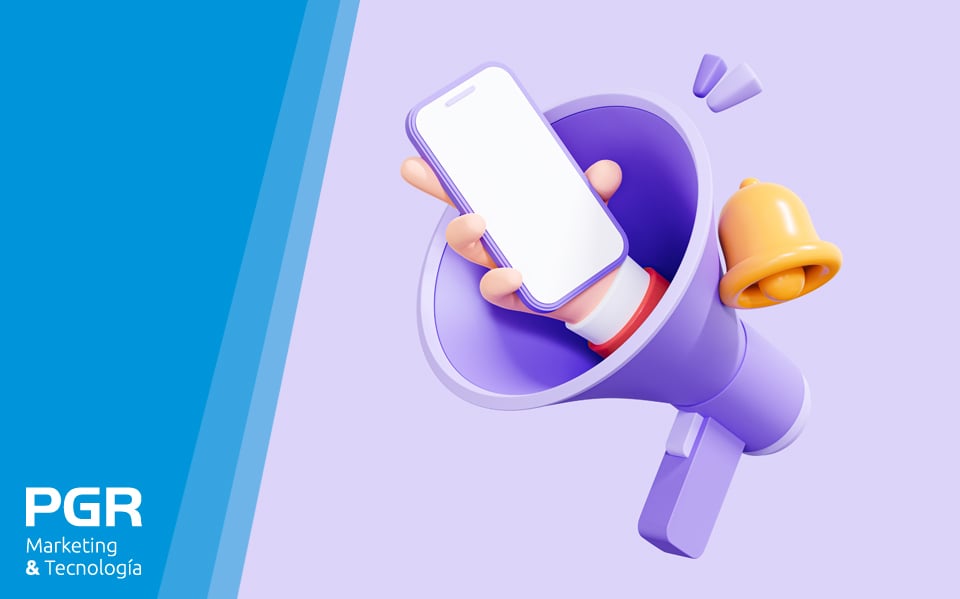Running B2B lead generation campaigns focused on the decision phase is key to increasing the chances of closing a sale. There are different signals that indicate when a potential customer is in the buying process stage. You just have to know how to spot them.
Indications that the lead is in the final decision phase
These are the main clues to consider:
1.- Active search for information
If the customer is conducting specific and detailed searches about your product or service, they are probably in the decision phase. Pay attention to the search queries, the questions they ask, and the topics they are interested in.
2.- Frequent interaction
If the customer has been in frequent contact with you or your sales team, and has made more detailed inquiries about specific aspects of your offer, it is a sign that they are moving towards the decision phase.
3.- Questions about prices and conditions
If the customer begins to ask specific questions about pricing, contract terms, customization options, or implementation details, it's an indication that a decision is seriously considered.
4.- Comparison of alternatives
If the lead asks you questions about how your product or service compares to the competition, or asks for detailed comparisons of features and benefits, they're likely in the evaluation and decision-making stage.
Strategies to follow to capture B2B leads in the decision phase
Taking the above into account, to attract customers in the decision phase you should follow one of the following strategies or a combination of them:
1.- Inbound marketing
Creating a content marketing strategy to attract users interested in your products or services is perfect for generating B2B leads.
For example, a good strategy is to prepare educational and persuasive content that addresses the specific challenges and needs of customers in the decision phase. You can try publishing articles, guides, case studies, and videos that demonstrate how your solution can effectively solve their problems. Use testimonials and success stories to back up your claims.
2.- Email marketing
In addition to being one of the oldest online channels for B2B marketing, email is also one of the most trusted sources of information for B2B buyers. However, since B2B customers, like many of us, are bombarded with information and content via a daily barrage of emails, defining a solid strategy for your email marketing can be challenging.
Segment email lists in a way that allows different profiles to receive individualized messages, rather than a generic automated email. A great way to categorize email contacts is by their position in the company. In this way, you can adapt the tone and vocabulary to each lead.
3.- Automated marketing
When you collect email addresses, use marketing automation programs to segment customers and send them targeted messages, with the goal of increasing conversions. Additionally, the sales team can convert potential customers into qualified leads within the marketing funnel. Also, it is recommended to use automated software to send personalized emails in bulk and automatically nurture these leads.
4.- Online reviews
The vast majority of B2B decision makers look for honest reviews online before making a purchase. If you have satisfied customers who have left positive feedback, you will be able to generate more leads. Various studies have shown that customers with high ratings are more likely to provide favorable reviews.
To encourage your customers to leave reviews, the most effective strategy is to request it expressly. After closing a sale, send a personalized message thanking them for their preference and asking for feedback on their experience.
At PGR Marketing y Tecnología we have specialists who can help you execute B2B lead generation campaigns focused on the decision phase.





